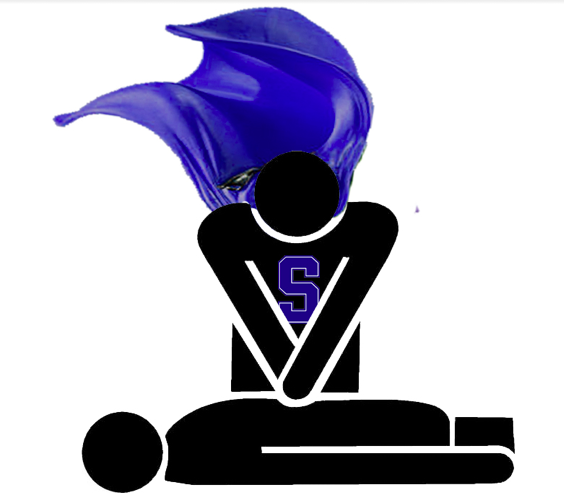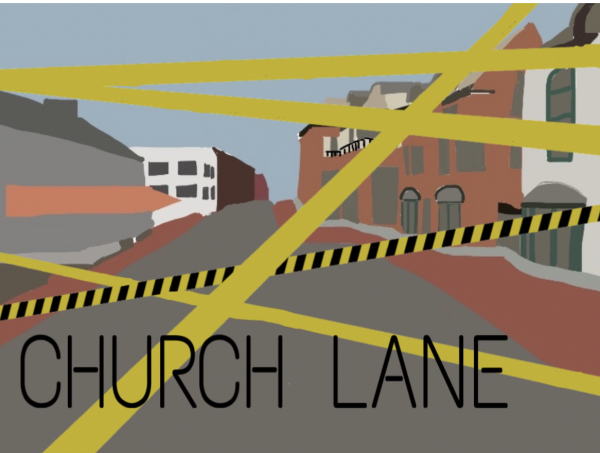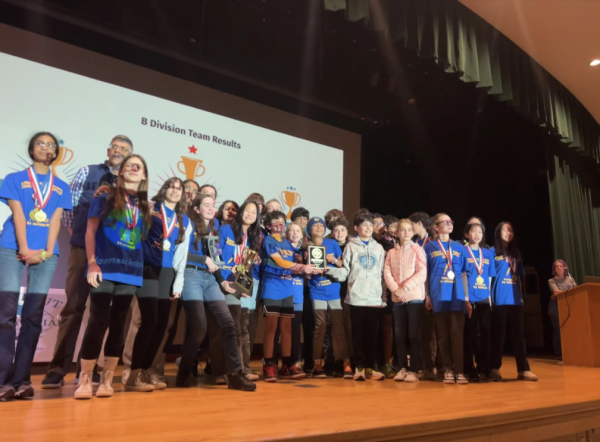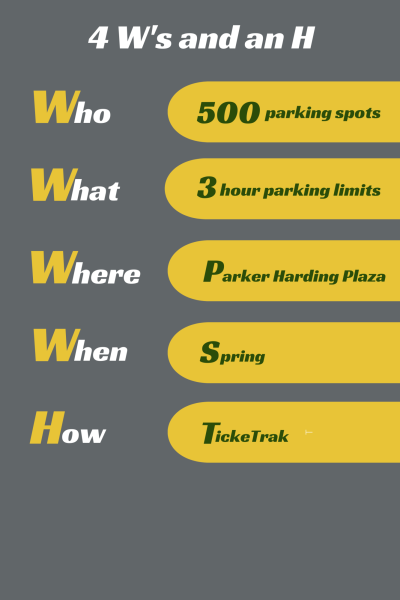CPR classes provide potential to save lives

he hands-on CPR classes offer students the chance to learn potentially life-saving skills.
CPR classes provide potential to save lives
Cardiopulmonary resuscitation, better known as CPR, is a potentially life-saving skill that over 70 percent of Americans lack. Reni Forer ’15 is looking to improve that percentage by organizing hands-only CPR classes at the Staples library during all three lunch waves on Thursday, March 5.
“Learning the hands-only version of CPR takes approximately five minutes, but it can save someone’s life in the future,” Forer said.
If a person’s heart stops working properly, CPR basically works as an artificial heartbeat, maintaining blood flow to the brain and other organs until medical assistance arrives. The value of such a skill is why Forer worked with National Honor Society members and EMS volunteers to organize these classes.
The classes will be run by a certified instructor who will teach students a version of CPR involving only chest compressions, not mouth-to-mouth resuscitation. Participants will also learn how to assist someone who is choking and how to use an automated external defibrillator (AED), a machine that administers electric shocks to correct irregular heart rhythms.
“These are all invaluable skills for anyone to have considering that 88% of cardiac arrests occur in homes,” said Forer.
Forer learned the value of CPR from her time volunteering with the Westport EMS. She learned CPR as part of her preparation, and another EMS volunteer she trained with, Joey Bairaktaris ’16, used that CPR training to save a co-worker’s life at Compo Beach last summer.
“Since I am trained in CPR it wasn’t even a thought whether or not I should have helped,” Bairaktaris said. “This certification, it gives you the power to help a person in need…Instead of being a bystander, you can jump in and help.”
Students who want to be able to follow Bairaktaris’s example should register for the CPR classes through the Google form sent out through the school email system (there’s a limit of 25 students per lunch wave). Forer emphasized that CPR skills are useful for everyone, not just people involved with EMS.
“No matter where students are headed in their lives, CPR is a skill that will always be needed,” Forer said.





















































